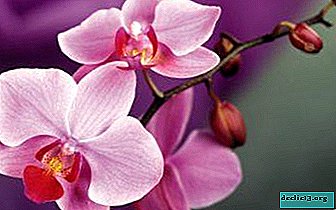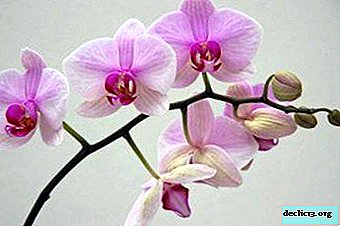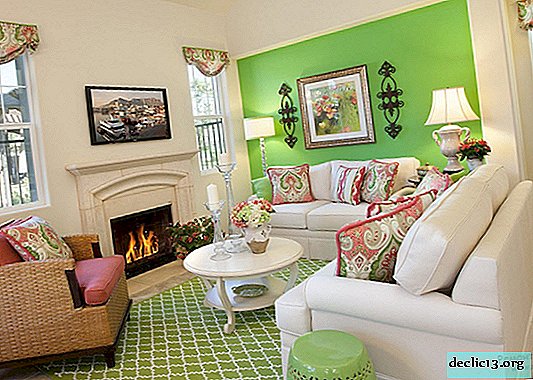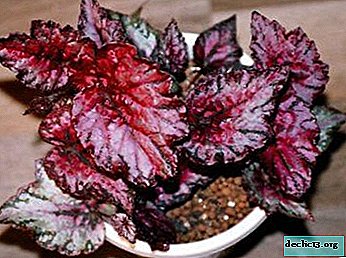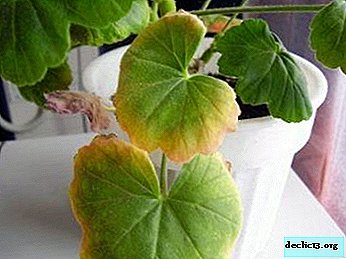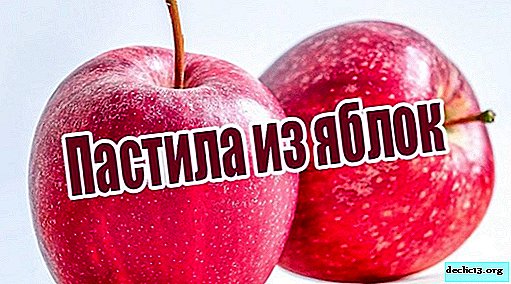The sun on the windowsill or yellow Decembrist
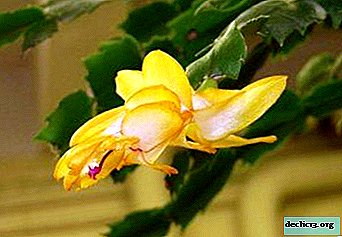
Schlumbergera is a genus of plants from the cactus family. In Russia, this flower is known as the Decembrist, in Western countries it is called the Christmas cactus. In the wild, various species of Schlumbergera - and in all, according to various sources, there are from 6 to 9 - grow in the tropical forests of Brazil. In culture, two species are mainly used: Schlumbergera truncata and Schlumbergera russelliana.
In nature, Schlumbergera is an epiphyte. The plant attaches to tree branches and feeds on fallen leaves and other organic debris. Unlike their prickly desert relatives, Schlumberger prefer moisture and shade. Usually, at the mention of the Decembrist, a bush with elegant red or bright raspberry flowers appears. Less well known are the Decembrists of orange and yellow colors.
Types of flowers and photos
"Gold Charm"

The first variety of Schlumbergera with yellow flowers was the "Gold Charm". It was bred in the early 80s of the 20th century in the American nursery B.L. Cobia Inc. breeder R.L. Kobia. It took about 15 years of painstaking work to create it. As material, instances of Schlumbergera with orange flowers were used. Schlumberger orange-red colors are found in nature.
Since the orange color is, in fact, a combination of yellow and red, plants were selected during selection, in which the yellow component prevailed over red and pink. The result was 50,000 seeds. They were sown, and when they grew and bloomed, then only one of them turned yellow flowers. But the bush itself was weak and looked unpresentable.
Then he was crossed with a plant with white flowers and a powerful bush. As a result, the fruit has ripened with approximately 200 seeds. They were planted again and waited for flowering. Of the 150 bushes with yellow flowers, only one was selected again. He became the ancestor of the variety and the ancestor of all varieties of Schlumbergera with yellow flowers.
"Christmas Flame"

Sometimes, in addition to the will of breeders, mutations occur - a change in the varietal characteristics of the offspring. Most often, such specimens are rejected, but occasionally new resistant varieties arise as a result of mutations. So, as a result of the mutation "Gold Charm" a variety of "Christmas Flame" appeared.
It differs from its parent in that its buds are red with a violet hue (Gold Charm has yellowish-green), but closer to the beginning of flowering, the buds turn yellow, and only at the edges there is an orange-red tone. Therefore, a half-bloomed flower resembles a candle flame. For this, the flower got its name, which can be translated as "Christmas flame."
"Cabmridge"

By crossing the "Gold Charm" and "Christmas Flame", the "Cabmridge" variety. Unlike most Decembrist varieties, vertical shoots are characteristic of it.
"Bruxas Brazil"

Variety "Bruxas Brazil" in color resembles "Christmas Flame", but its petals are wider. At the base they are almost white, then white color smoothly flows into yellow. The edges of the petal are yellow-orange.
"Twilight Tangerine"

Very beautiful bright yellow flowers with an orange tint of the Twilight Tangerine variety. And the creamy yellow flowers of Schlumbergera of the rare Chelsea variety have an unusual ragged edge that resembles a fringe.
"Frances Rollason"

The luxurious Decembrist "Frances Rollason" will not leave anyone indifferent. The contrast of the light creamy yellow middle, almost white at the base, and the bright, orange-red edge look very impressive.
However, this flower is extremely whimsical, and its appearance largely depends on the conditions of detention.
Amateur growers often experiment by crossing Decembrists of various colors. It should be remembered that for the Schlumbergera, the yellow gene is recessive (weak), and when a yellow Decembrist is crossed with flowers of other colors on the resulting bushes, the flowers will never be pure yellow, although a yellowish tint will be present.
Why did it take so much time and effort to breed?
The fact is that in nature, Schlumbergera does not bloom with yellow flowers. In the natural habitat, only red, pink, orange and white flowers are found. Only long-billed hummingbirds can pollinate elongated zygocactus flowers. In principle, they distinguish all the colors of the spectrum visible to humans, but in practice they prefer different shades of red.
Attention: However, in general, for the cactus family, yellow flowers are very characteristic, therefore, the Schlumbergera initially had a small amount of yellow pigment, otherwise it would be impossible to remove the yellow Decembrist.Is it possible to achieve coloring on my own?
Such experiments can only be carried out by experienced breeders working with the cultivation of new varieties. You can try to cross at home, but you shouldn’t count on such a result - Decembrist genetic changes are not fully understood and may be unpredictable.
The color of the flower is influenced not only by hereditary factors, but also by climatic conditions. If in the period from the formation of buds to full bloom it is not possible to maintain a temperature above 15 ° C, then the flowers will most likely acquire a pinkish tint.
Conclusion
Decembrists with yellow flowers look very elegant. In addition, during the winter months, residents of northern latitudes often suffer from a lack of light. On the long December evenings of Schlumberger, yellow will remind you of the sun and raise your mood. And if you add them with pink, orange and white varieties, then the elegant window sill during all winter holidays will please the owner no less than a New Year tree.



